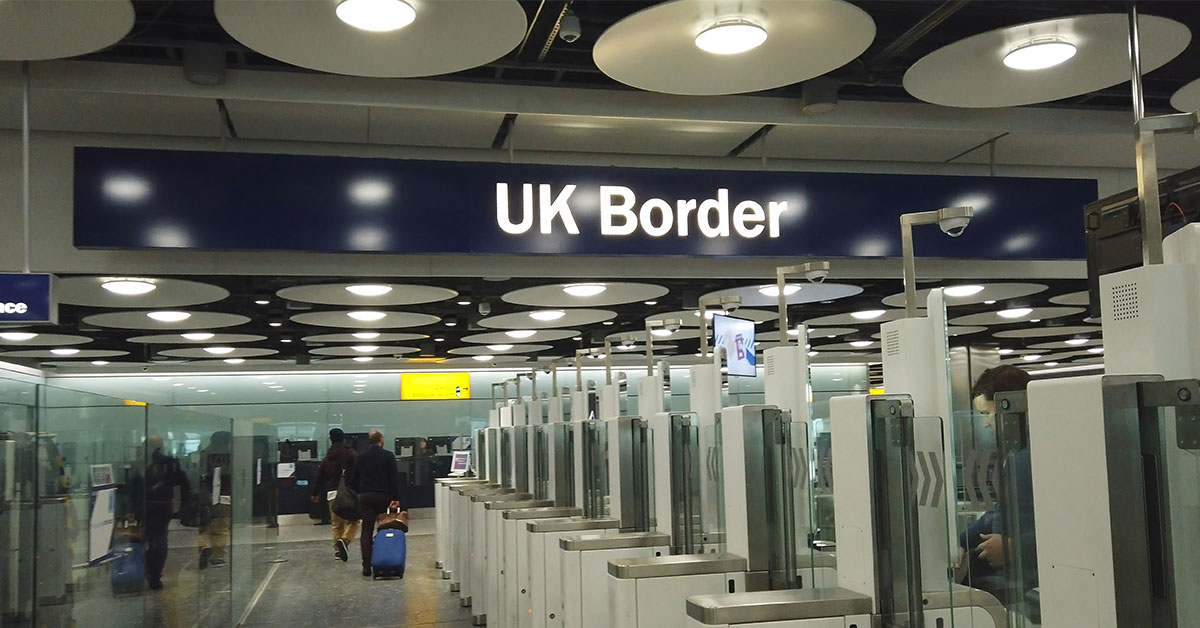Industry leaders are urging a phased introduction of the UK’s new Electronic Travel Authorisation (ETA).
- Concerns are growing over the simultaneous launch with the EU’s delayed Entry/Exit System (EES).
- Gareth Williams of Eurostar highlights potential challenges in managing dual system rollouts.
- Stakeholders express worry about compliance issues due to similar data demands from both systems.
- Efforts to optimise biometric data collection in high-flow environments are underway.
Industry leaders are voicing concerns over the planned introduction of the UK’s Electronic Travel Authorisation (ETA) system. They are urging the government to reconsider launching it alongside the EU’s postponed Entry/Exit System (EES), warning of potential complications. The ETA system, aimed at individuals visiting the UK without requiring a visa, started its limited rollout last October and is scheduled for broader implementation next April.
Gareth Williams, Eurostar’s chief strategic partnerships officer, emphasised in his address to the Lords’ Justice and Home Affairs Committee the difficulties faced by the Home Office in ensuring smooth management of both systems concurrently. “We’ve asked can we not have two systems introduced at once,” he stated, highlighting the operational challenges that might arise due to this overlap.
The EU had initially set November 10 as the launch date for its EES but has since postponed it, contemplating a phased rollout. The lack of synchronisation in data requirements between the systems is causing apprehension among stakeholders, with Williams noting that repeated data requests could hinder compliance. “The more you require the same information, the less compliance you get,” he warned.
John Keefe from Getlink Group pointed out the unique challenges faced by border checkpoints like Eurotunnel and the Port of Dover, where implementing the EES requires innovative solutions. He described the difficulty of capturing biometric data in vehicle-based, high-density traffic scenarios compared to controlled airport environments. “EES is designed for an airport where people are indoors, it’s well lit, and comfortable,” Keefe explained, adding that they are exploring mobile technologies for efficient data capture.
Efforts are being made to develop systems that can capture biometric information, such as fingerprints, from moving vehicles using smartphones, ensuring minimal disruption and increased efficiency once the systems do come into force. The industry hopes to use the extra time afforded by the EU’s delay to improve these technological solutions.
The call for a postponed ETA launch reflects a strategic approach to manage complex border control systems effectively.

